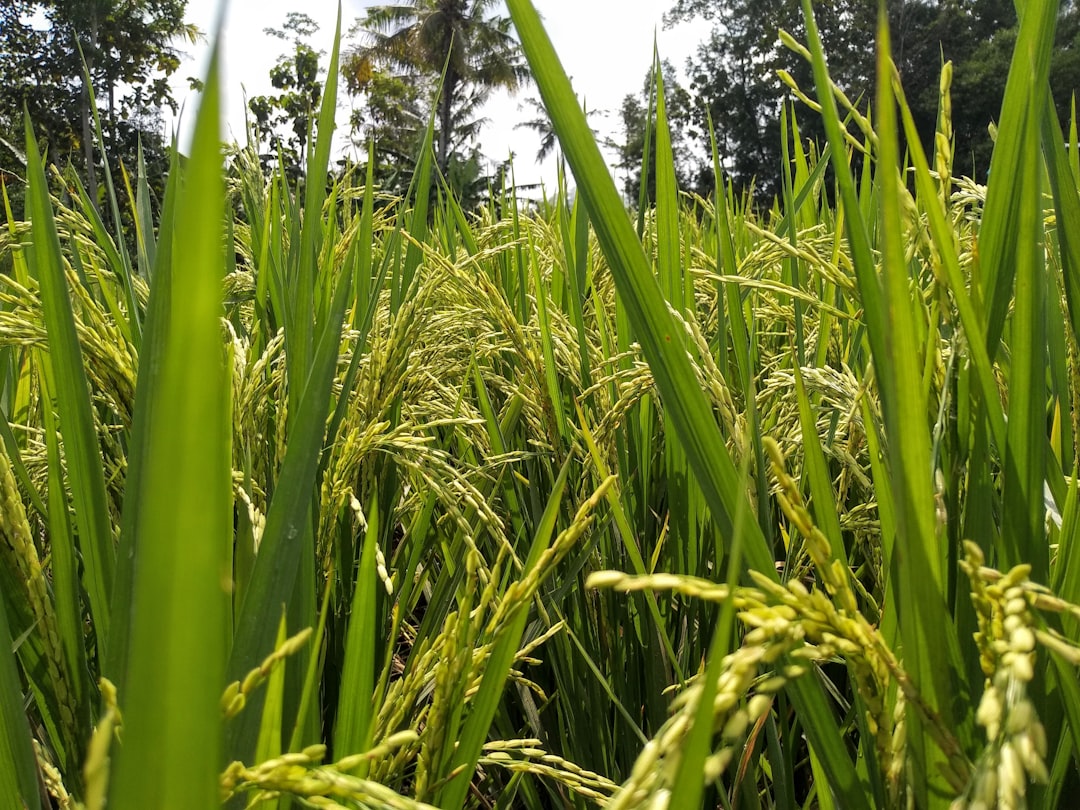What is it about?
We used a range of experimental characterization methods and computer simulations to investigate the molecular level mechanism for how epoxy-based paints and adhesives stick to rust. We looked at three different forms of iron oxide, hematite, magnetite and goethite and found that the binding is strongest to hematite and weakest to magnetite. We also discovered a different type of interaction with goethite due to the chemical structure at the surface which allowed for two different binding types to occur which influenced the physical properties of the paint.
Featured Image

Photo by Anna Kolosyuk on Unsplash
Why is it important?
Paints and organic protective coatings are used to protect the underlying surface from corrosion which can drastically reduce the lifespan of the structure. The paints investigated in this work are applicable to iron and steel structures, such as bridges. It is important to understand how the paints stick to the surface to prevent corrosion, however these systems can be very complicated. Here we have used a simplified system to understand the underlying science that underpins epoxy adhesion. Although this work is applied to paint, it is also useful when thinking of adhesives (glue).
Perspectives
My favourite thing about this paper is that we got complementary results from two completely independent approaches (experiments and simulations). By combining the two, we were able to gain much greater understanding than either approach could provide separately.
Dr Charlie Wand
University of Exeter
Read the Original
This page is a summary of: Molecular Origins of Epoxy-Amine/Iron Oxide Interphase Formation, Journal of Colloid and Interface Science, January 2022, Elsevier,
DOI: 10.1016/j.jcis.2022.01.016.
You can read the full text:
Contributors
The following have contributed to this page










